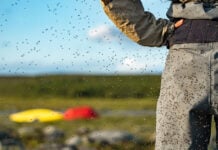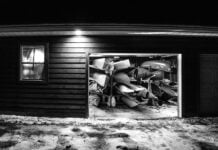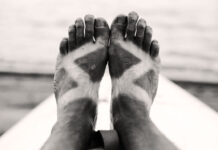Building a river used to be a simple process. All it took to create the world’s best whitewater freestyle river was the weight of a slowly receding glacier compressing the Ottawa Valley to below sea level.
When the ice sheet slowly left town the area filled with seawater. As the land eventually bounced back the salt water accumulated in the oceans where it belongs. Fresh water began falling through the deepest of the remaining ditches, forming the Ottawa River and its tributaries we paddle today. There was nobody proposing these changes and nobody fighting to preserve the ice age as it was.
Rivers of change: Roger Parsons and the Minden Wildwater Preserve
About 175 million years later in May of 1977, Roger Parsons discovered a for sale sign on the land alongside the unpaddleable upper rapids of the Gull River. Money was raised, wheels where greased and permits obtained. A large bulldozer and giant backhoe descended into the river.
“Major renovations were made to the stream bed to make it like an alpine river and allow it to be navigable throughout its length,” wrote Parsons. They created a levee, eddies, chutes and pools.
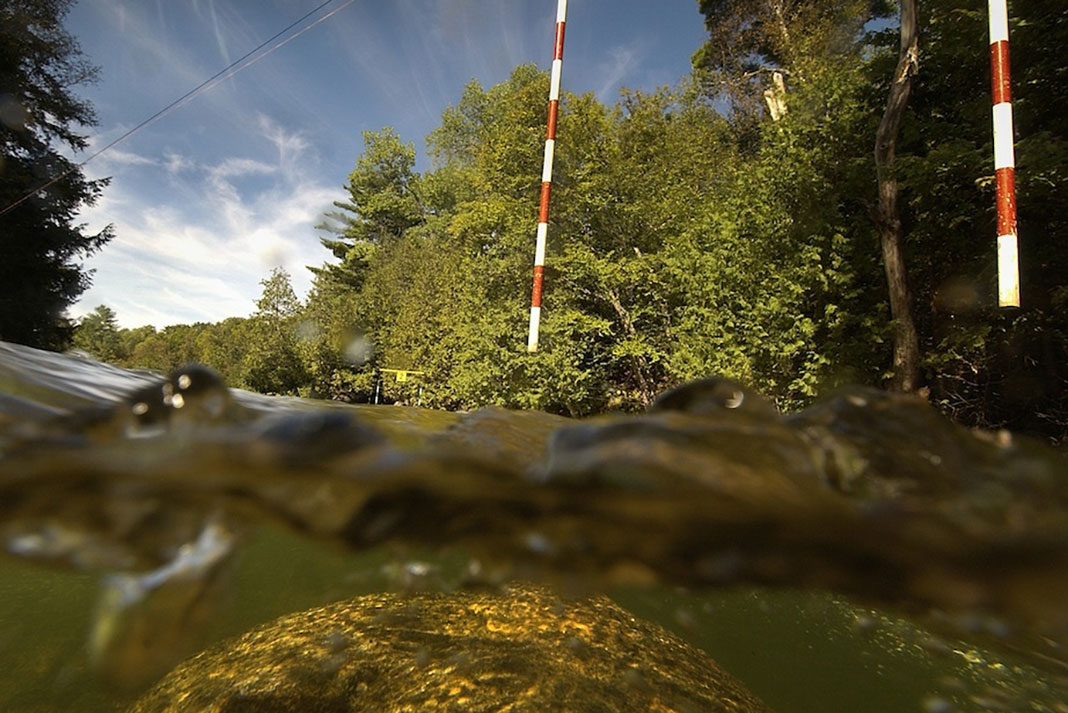
Above all, Roger Parsons created a level of trust with the various levels of government, convincing them that his dream of a whitewater training base would provide tourism and local economic benefits.
Reeve Sinc Nesbitt officially opened the Minden Wildwater Preserve on September 13, 1980. I was only nine years old.
Thousands of adults and camp kids have learned to paddle whitewater at the Gull. In addition, the Preserve has hosted the Pan American Championships, three World Cups, dozens of national slalom championships, two national freestyle championships, hundreds of regional slalom races, 34 Gull River Open Canoe Slalom races and one ACA National Open Canoe Slalom race. When Toronto won the bid to host the 2015 Pan Am Games the Gull River was the obvious venue.
Coming to terms with a changing course
The last World Cup slalom event at the Gull was in 1993. Compared to the ASCI whitewater center and Wadi Adventure the Gull River feels quaint, wild and natural. Many of us who regularly paddle the Gull like it that way. Others dream of a better racecourse and a better training facility and the Pan Am Games is their goose that laid the golden egg.
When the local municipality and Pan Am committee proposed walkways, improved channeling and permanent slalom gate structures my kneejerk reaction was to resist change.
I’m young and naive enough to have believed that it’s always been this way.
Until I read the book Building a River…Following a Dream: The Roger Parsons Story I had no idea how dramatically the Gull River was changed from its truly natural state. I’m young and naive enough to have believed that it’s always been the way I’ve always known it to be. Reading the story, I learned how a river changes over time, sometimes naturally and sometimes with a little help from a couple guys in Caterpillars.
The thousands who learn to paddle at the Gull after the Pan Am Games won’t remember the river any other way. They will only remember learning, training, racing and playing. They will remember snuggling into the riverside campground Roger and his friends carved out of the woods for us. They will remember falling asleep to the sound of water falling from higher ground, just like it has for millions of years.
Scott MacGregor is the founder and publisher of Rapid. In 2008, the Preserve’s training center building was renamed the Roger Parsons Centre. Parsons was presented with his own set of keys.
Time may change me; But I can’t trace time. —David Bowie | Feature photo: Rick Matthews


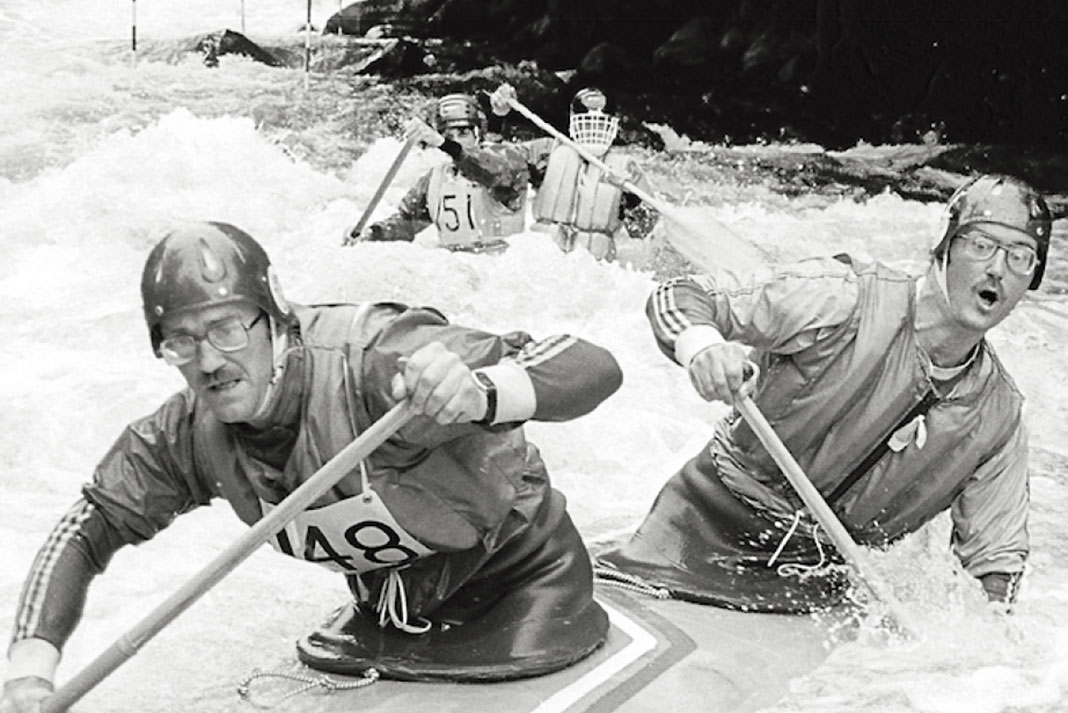
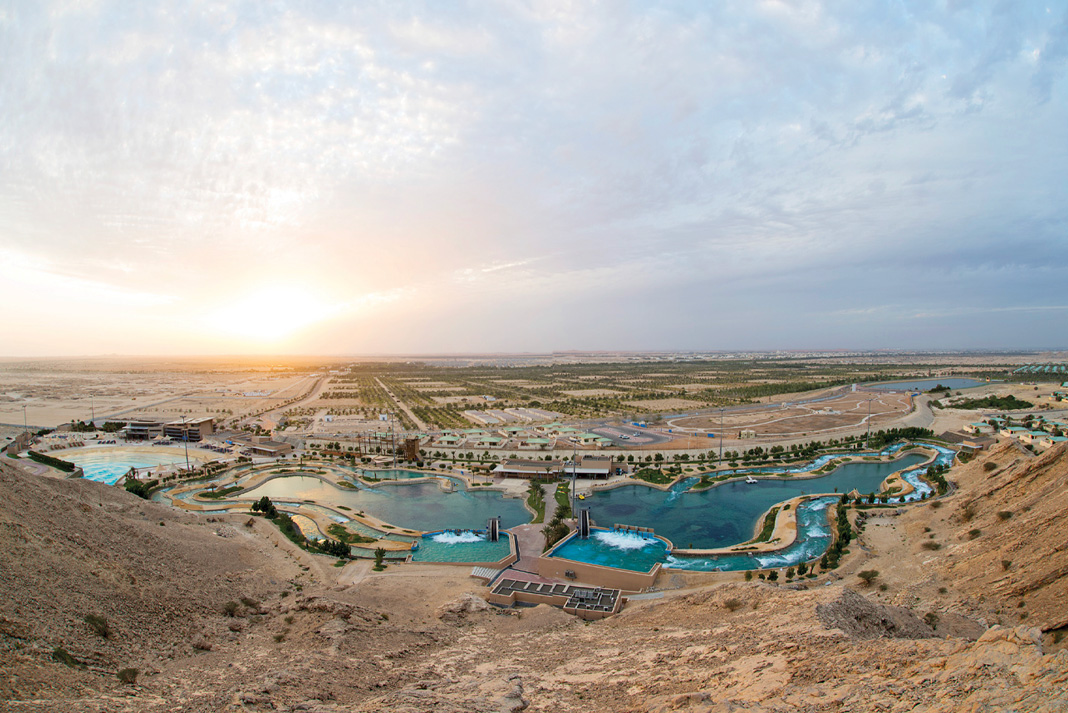
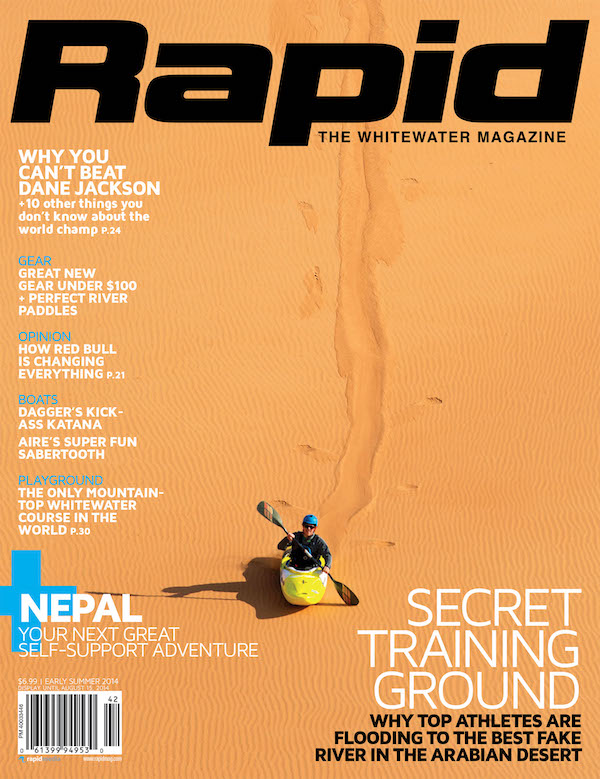 This article was first published in the Early Summer 2014 issue of Rapid Magazine.
This article was first published in the Early Summer 2014 issue of Rapid Magazine. 

